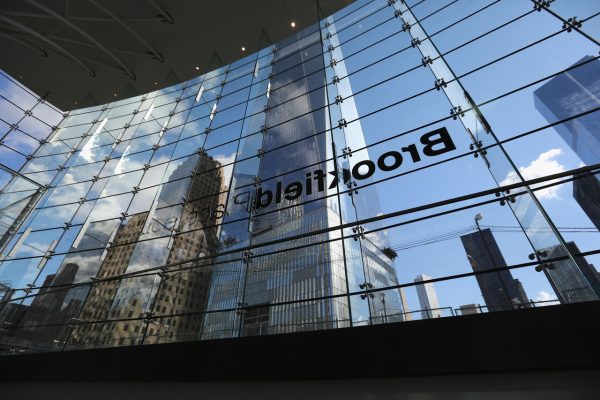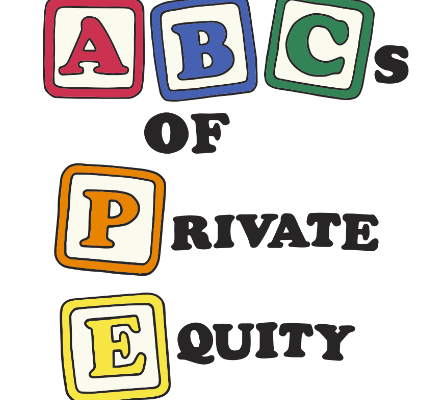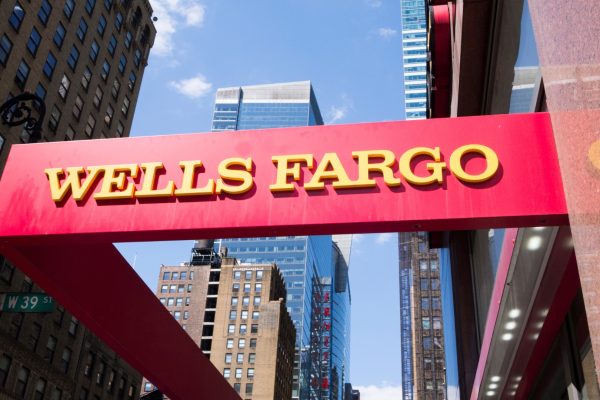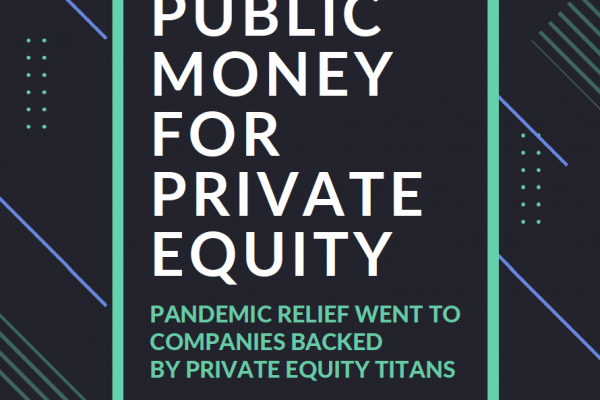Analysis: Antitrust and Banking Agencies Must Block Capital One-Discover Merger
The $35 billion takeover bid would vault Capital One into 6th place among the biggest U.S. banks and create the largest U.S. credit card lender, ahead of current leader JPMorgan Chase. This new company could raise prices for cardholders, especially lower-income consumers and Black and Latine households and give Capital One the power to jack up debit card fees on merchants. In short, it would reinforce the megabank monopoly power that is already a serious problem in the American economy. The Biden administration must stand up for consumers, communities, and small businesses and block the Capital One-Discover merger.










